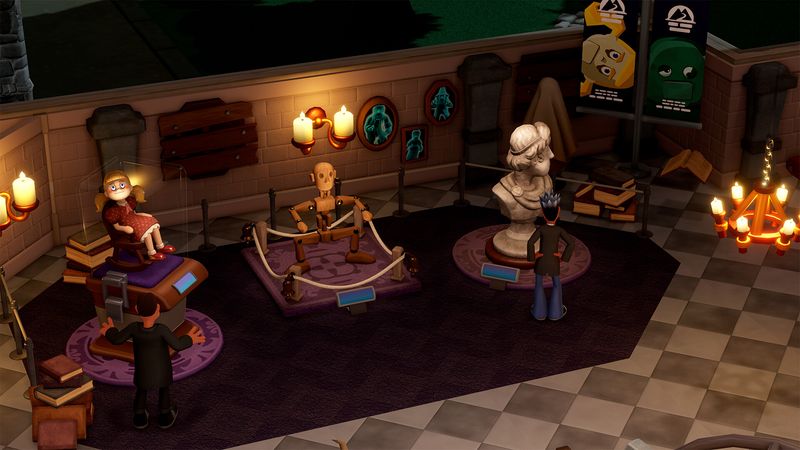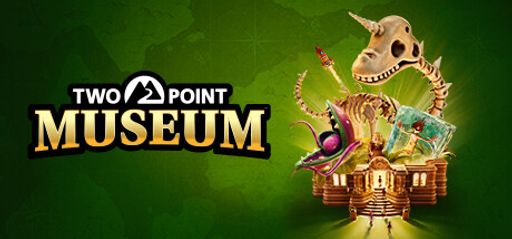 I’m loving Two Point Museum by Two Point Studios, published by SEGA. Right off the bat, it hits hard with a satisfying loop of discovering exhibits, displaying artifacts, and unlocking new content. User feedback calls it addictive and praises the varied exhibits and frequent realm hopping. It feels fresh compared to older Two Point titles.
I’m loving Two Point Museum by Two Point Studios, published by SEGA. Right off the bat, it hits hard with a satisfying loop of discovering exhibits, displaying artifacts, and unlocking new content. User feedback calls it addictive and praises the varied exhibits and frequent realm hopping. It feels fresh compared to older Two Point titles.
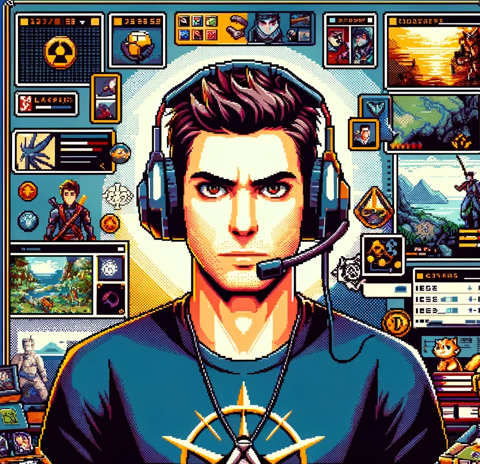 I agree that Steam users often point out over 200 exhibits and more than 350 decorative items. As someone who hunts every collectible, I’m especially thrilled by the 100+ points of interest on expeditions. Plus, the sandbox mode really feels like a playground for completionists.
I agree that Steam users often point out over 200 exhibits and more than 350 decorative items. As someone who hunts every collectible, I’m especially thrilled by the 100+ points of interest on expeditions. Plus, the sandbox mode really feels like a playground for completionists.
 When it comes to mechanics, the expert expedition system stands out. You assign experts to Prehistory or Science maps, adding a solid risk-reward depth that reminds me of managing cooldowns in competitive games—only here it’s with a fun museum twist.
When it comes to mechanics, the expert expedition system stands out. You assign experts to Prehistory or Science maps, adding a solid risk-reward depth that reminds me of managing cooldowns in competitive games—only here it’s with a fun museum twist.
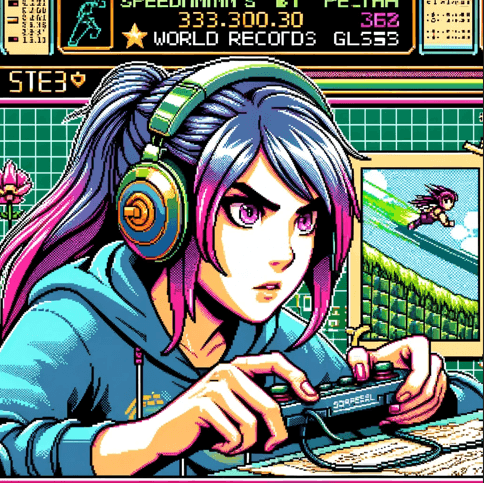 On the speedrunning side, a dedicated community is already planning sub-2-hour sandbox runs. Efficient routing of exhibits and guest flow is absolutely key, which brings to mind the time trials you see in other simulation titles.
On the speedrunning side, a dedicated community is already planning sub-2-hour sandbox runs. Efficient routing of exhibits and guest flow is absolutely key, which brings to mind the time trials you see in other simulation titles.
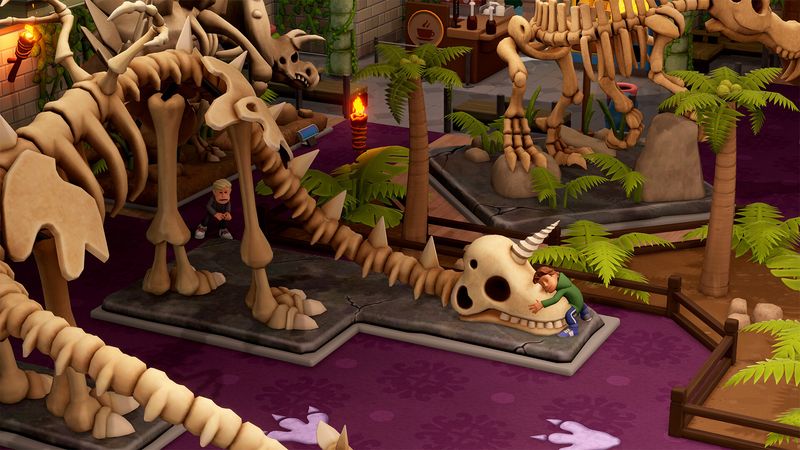
 That said, some critiques mention a repetitive endgame loop and theme bias—space and dinosaurs shine while botany lags behind. I actually see that as a clever design nudge: Two Point Studios wants you to mix themes and earn upgrades before diving deep into any single realm.
That said, some critiques mention a repetitive endgame loop and theme bias—space and dinosaurs shine while botany lags behind. I actually see that as a clever design nudge: Two Point Studios wants you to mix themes and earn upgrades before diving deep into any single realm.
 True enough, the leveling system forces realm switching early on, which prevents stale late-game grinding. In fact, it even feels similar to toggling between projects in Two Point Campus, and I’m fully on board with that approach.
True enough, the leveling system forces realm switching early on, which prevents stale late-game grinding. In fact, it even feels similar to toggling between projects in Two Point Campus, and I’m fully on board with that approach.
 Controls are impressively tight: zoom, pan, and room-customization tools all respond quickly. On top of that, environmental interactivity—like Chomper enclosures—adds strategic depth and pushes the genre beyond static layouts.
Controls are impressively tight: zoom, pan, and room-customization tools all respond quickly. On top of that, environmental interactivity—like Chomper enclosures—adds strategic depth and pushes the genre beyond static layouts.
 Also, predictive guest paths mean you can optimize tours for maximum donations. In my playthrough, I mapped the shortest loop to secure big contributions and boost speedrun potential.
Also, predictive guest paths mean you can optimize tours for maximum donations. In my playthrough, I mapped the shortest loop to secure big contributions and boost speedrun potential.
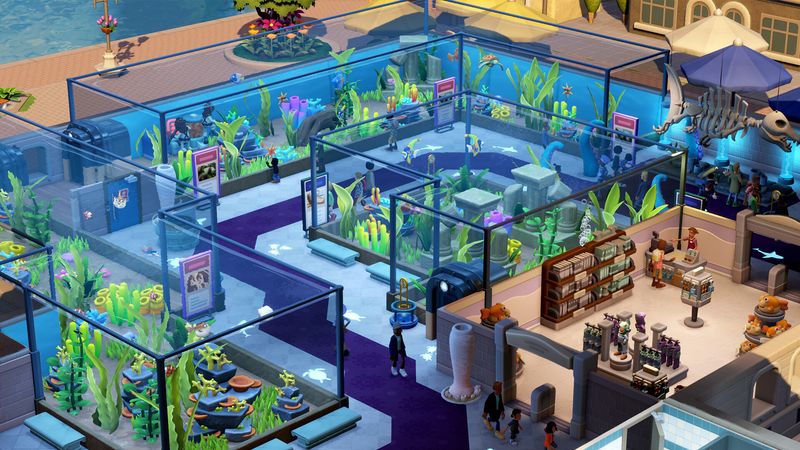
 Shifting to story, Two Point Museum keeps it minimal, but each exhibit comes with lore snippets. In a recent dev stream, co-founder Ben Cocker hinted that they want players to feel like real curators, which shines through in those pop-up museum challenges that feel narrative-driven.
Shifting to story, Two Point Museum keeps it minimal, but each exhibit comes with lore snippets. In a recent dev stream, co-founder Ben Cocker hinted that they want players to feel like real curators, which shines through in those pop-up museum challenges that feel narrative-driven.
 Dialogue from tour guides adds extra flavor. For instance, scripted events—such as meddlers stealing artifacts—tie into world-building without requiring a heavy plot. I appreciate how the short, punchy lines never overstay their welcome.
Dialogue from tour guides adds extra flavor. For instance, scripted events—such as meddlers stealing artifacts—tie into world-building without requiring a heavy plot. I appreciate how the short, punchy lines never overstay their welcome.
 Pacing feels smart, too. Early levels focus on the basics, and then the mid-game ramps up with supernatural exhibits. Despite the shift in challenge, the dialogue quality remains consistent and never feels like filler content.
Pacing feels smart, too. Early levels focus on the basics, and then the mid-game ramps up with supernatural exhibits. Despite the shift in challenge, the dialogue quality remains consistent and never feels like filler content.
 Visually, the Unity engine is put to great effect. The cartoon-ish art direction holds everything together, and the bright color palettes in Aquarium and Space realms boost both mood and readability—especially important during speedruns.
Visually, the Unity engine is put to great effect. The cartoon-ish art direction holds everything together, and the bright color palettes in Aquarium and Space realms boost both mood and readability—especially important during speedruns.
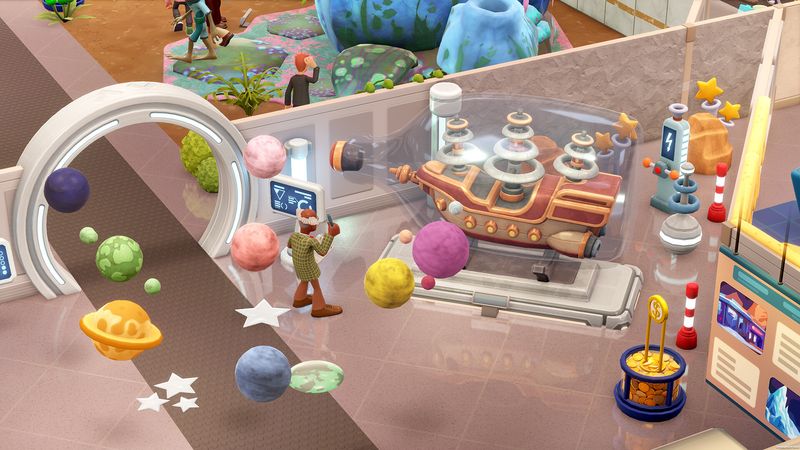
 On PC, Two Point Museum runs at a stable 60 fps even with 2000 guest models. Console ports are solid too. I saw no major frame drops on PS5.
On PC, Two Point Museum runs at a stable 60 fps even with 2000 guest models. Console ports are solid too. I saw no major frame drops on PS5.
 Audio shines. Each realm has its own soundtrack theme. ‘Memento Mile’ loops feel mellow. Sound cues for exhibit breaks or cleaning alerts are crisp. They guide you without shouting.
Audio shines. Each realm has its own soundtrack theme. ‘Memento Mile’ loops feel mellow. Sound cues for exhibit breaks or cleaning alerts are crisp. They guide you without shouting.
 Voice work for Experts is minimal but fitting. You hear grunts on expeditions and excited yelps when an artifact surfaces. It adds charm without overload.
Voice work for Experts is minimal but fitting. You hear grunts on expeditions and excited yelps when an artifact surfaces. It adds charm without overload.
 Character-wise, your Experts each have stats. Some specialize in stealth (to avoid thieves), others in research speed. It’s like RPG builds but streamlined.
Character-wise, your Experts each have stats. Some specialize in stealth (to avoid thieves), others in research speed. It’s like RPG builds but streamlined.
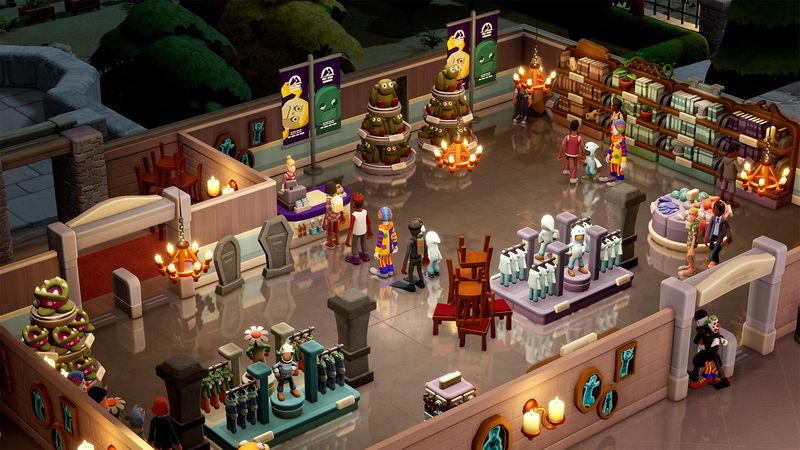
 And don’t forget 18 guest types for Two Point Museum. From dinosaur buffs to sci-fi nerds. Catering to each boosts donations. It feels like an ecosystem of personalities.
And don’t forget 18 guest types for Two Point Museum. From dinosaur buffs to sci-fi nerds. Catering to each boosts donations. It feels like an ecosystem of personalities.
 Challenge level ramps smoothly. User feedback notes a sharp mid-game spike when new exhibit tiers unlock. But sandbox mode offers low-stress play.
Challenge level ramps smoothly. User feedback notes a sharp mid-game spike when new exhibit tiers unlock. But sandbox mode offers low-stress play.
 I like the accessibility options. You can toggle guest patience and resource costs. It suits both casual and hardcore managers.
I like the accessibility options. You can toggle guest patience and resource costs. It suits both casual and hardcore managers.
 Regarding replay value: 5 main museums plus 3 pop-up challenges give you reasons to come back. The sticker book completionist in me can’t resist another run.
Regarding replay value: 5 main museums plus 3 pop-up challenges give you reasons to come back. The sticker book completionist in me can’t resist another run.
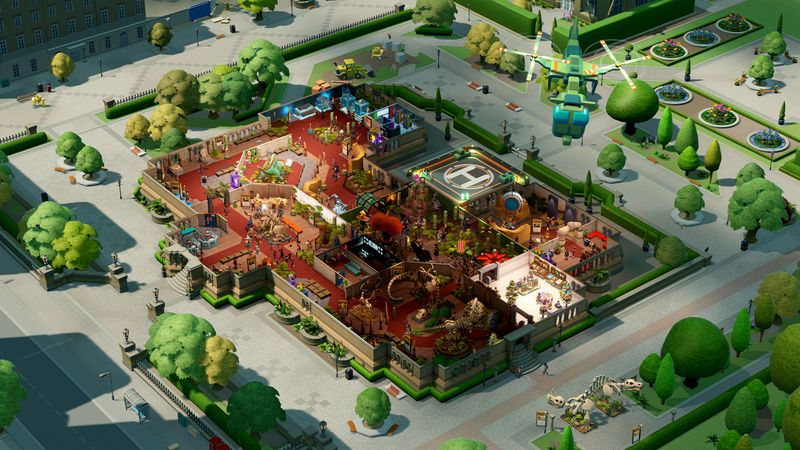
 You can also craft custom tours, unlock new rooms and push your own replay goals. It beats many management sims in pure content.
You can also craft custom tours, unlock new rooms and push your own replay goals. It beats many management sims in pure content.
 Final thoughts: Two Point Museum innovates the sim genre with its expedition mechanics and decorative depth. It feels like a natural evolution after Two Point Hospital and Campus.
Final thoughts: Two Point Museum innovates the sim genre with its expedition mechanics and decorative depth. It feels like a natural evolution after Two Point Hospital and Campus.
 It stands out by blending management and light strategy. The trade-off system on expeditions and visitor flow creates meaningful decisions.
It stands out by blending management and light strategy. The trade-off system on expeditions and visitor flow creates meaningful decisions.
 For speedrunners, it offers micro-optimization in pathing and staff assignments. Few sims give that level of granular control.
For speedrunners, it offers micro-optimization in pathing and staff assignments. Few sims give that level of granular control.
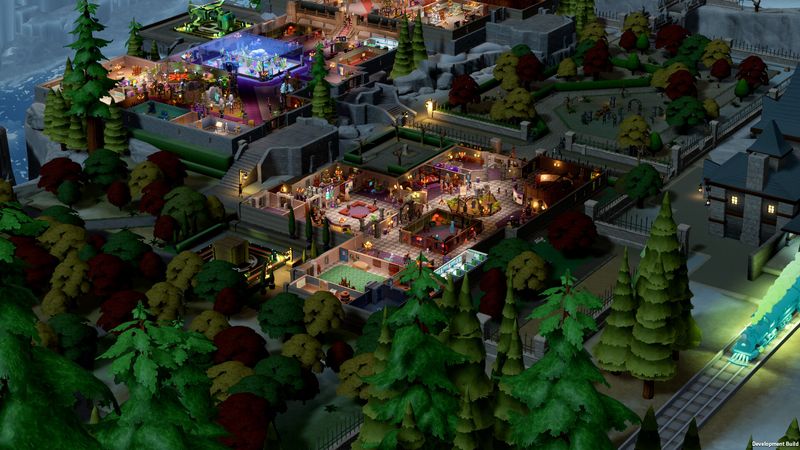
 If you loved this, consider branching out to other management sims. Planet Zoo offers a deep animal-park experience with rich habitat design and conservation goals. Zoo Tycoon brings back the classic management formula with a modern UI and smarter guest AI, Planet Coaster combines theme-park creation with physics-driven ride design and massive sandbox tools. Two Point Hospital returns to the studio’s roots in hospital management, blending humor and strategy. Jurassic World Evolution challenges you to design dinosaur exhibits where layout and genetics really matter.
If you loved this, consider branching out to other management sims. Planet Zoo offers a deep animal-park experience with rich habitat design and conservation goals. Zoo Tycoon brings back the classic management formula with a modern UI and smarter guest AI, Planet Coaster combines theme-park creation with physics-driven ride design and massive sandbox tools. Two Point Hospital returns to the studio’s roots in hospital management, blending humor and strategy. Jurassic World Evolution challenges you to design dinosaur exhibits where layout and genetics really matter.
